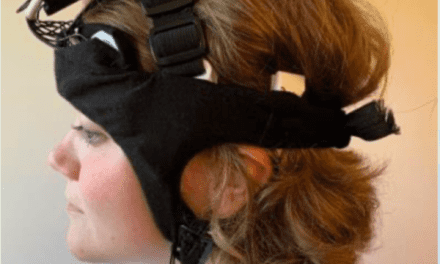A new study finds that late-day anxiety and agitation sometimes seen in older institutionalized adults, especially those with dementia, has a biological basis in the brain. The findings could help explain "sundowning,” a syndrome in which older adults show high levels of anxiety, agitation, general activity, and delirium in late afternoon and evening before they would normally go to bed. The findings appear in the Proceedings of the National Academy of Sciences.
Using lab mice, the researchers found that, similar to sundowning in humans, the aged mice showed significantly more activity and more anxiety-like behaviors in the hours before they would normally sleep when compared to middle-aged mice. Mice that were genetically engineered to have an Alzheimer’s-like disease also showed more anxiety before sleep than did other mice.
"Some people have argued that sundowning could be explained just by a buildup of frustration of older people who couldn’t communicate their needs over the course of the day, or by other factors," said Randy Nelson, co-author of the study and professor of neuroscience and psychology at Ohio State University. "But our findings suggest there is a real phenomenon going on here that has a biological basis."
Results showed that the aged mice were significantly more active than middle-aged mice in the 2 to 3 hours before they would normally go to sleep.
“The middle-aged mice had a distinct pattern of activity, with 3 peaks of activity during their waking hours,” said Tracy Bedrosian, lead author of the study and doctoral student in neuroscience at Ohio State University. “But the aged mice had a flattened rhythm in which they showed the same level of activity throughout their active period.”
The mice were also tested for anxiety-like behaviors at two different times during their waking hours. The mice were placed in a maze where they were allowed to explore open areas—which are more anxiety-producing—or hide in enclosed areas. The middle-aged mice showed consistent levels of anxiety at both times of the day. However, the aged mice showed more anxiety when tested soon before they would have gone to sleep, which is consistent with sundowning, according to Bedrosian.
Differences were also found in the brains of the aged mice when compared to the middle-aged mice. Looking specifically at the cholinergic system, because loss of function in that system is associated with dementia and many circadian changes associated with ageing, the researchers found the aged mice showed greater expression of the enzyme acetylcholinesterase before sleep than earlier in the day. High levels of this enzyme are associated with anxiety and agitation. The middle-aged mice, however, demonstrated no time-of-day differences in the expression of this enzyme.
The researchers noted that drugs used to control levels of acetylcholinesterase are sometimes used with dementia patients, although there has been no research evidence that it actually has an effect on sundowning.




